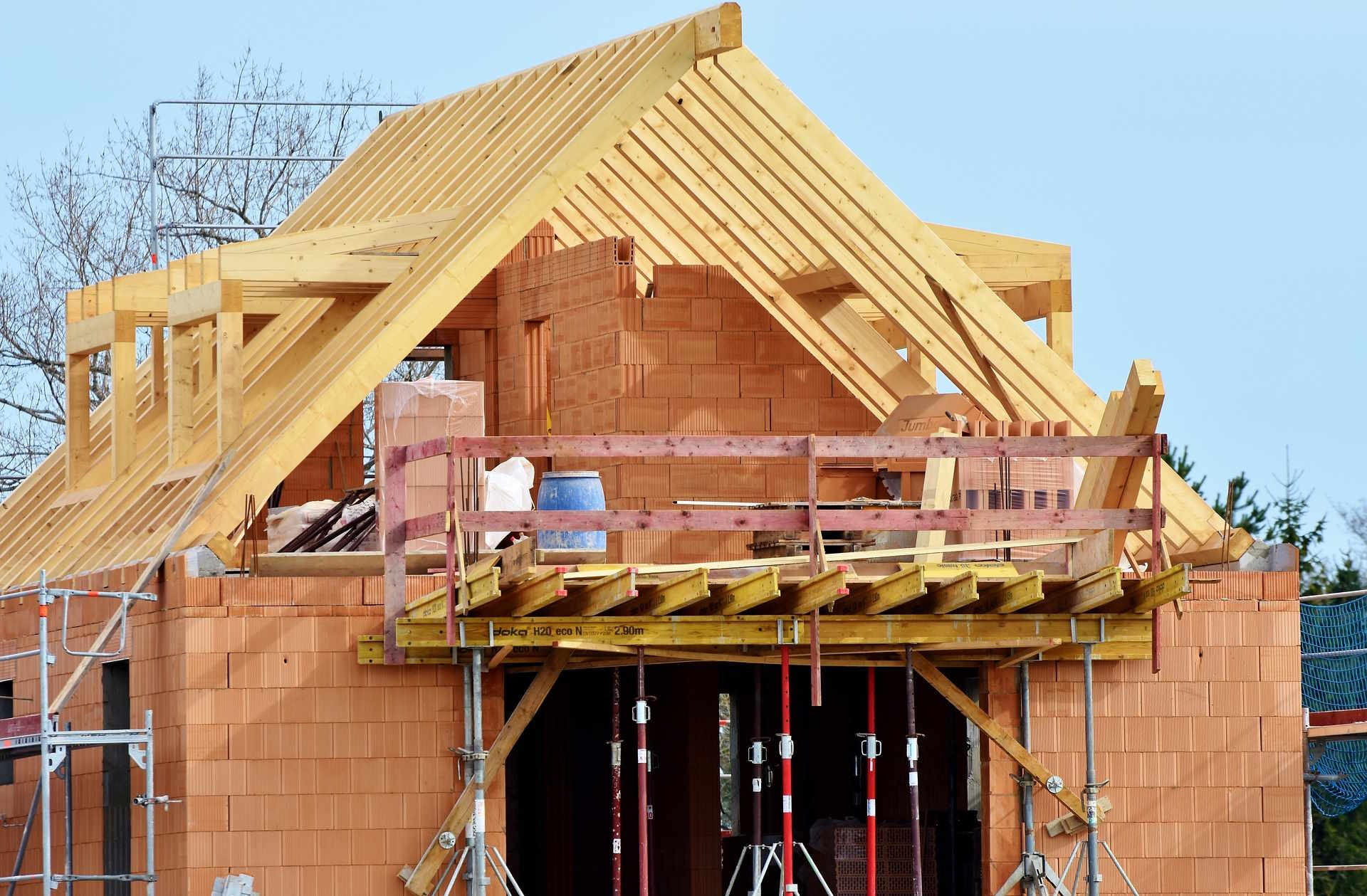Best Sandwich Panels for Energy-Efficient Roofing
Modern construction demands roofing solutions that balance energy efficiency, durability, and cost-effectiveness. Sandwich panels have emerged as a leading choice for architects and builders seeking superior insulation properties while maintaining structural integrity. These innovative panels combine two outer layers with an insulating core, creating a highly efficient building envelope that significantly reduces energy consumption and operational costs.
How to Select the Best Sandwich Panels for Energy-Efficient Construction
Selecting optimal sandwich panels begins with understanding thermal performance ratings. Look for panels with low U-values, typically ranging from 0.15 to 0.25 W/m²K for superior insulation. The core material plays a crucial role - polyurethane (PUR) and polyisocyanurate (PIR) cores offer excellent thermal properties, while mineral wool cores provide additional fire resistance. Consider the climate conditions in your area, as panels in colder regions require higher R-values to maintain energy efficiency standards.
Panel thickness directly correlates with insulation performance. Standard thicknesses range from 40mm to 200mm, with thicker panels providing better thermal resistance. However, structural requirements and building codes may limit thickness options. Evaluate the building’s intended use, local building regulations, and long-term energy savings when determining appropriate thickness specifications.
What Core Materials Provide Superior Insulation Performance?
Polyurethane (PUR) cores deliver exceptional thermal performance with the lowest thermal conductivity values, typically around 0.022-0.025 W/mK. These cores maintain their insulating properties over extended periods and resist moisture absorption effectively. Polyisocyanurate (PIR) cores offer similar thermal performance while providing enhanced fire resistance properties, making them suitable for applications requiring higher fire safety standards.
Mineral wool cores excel in fire resistance and acoustic insulation, with thermal conductivity values around 0.035-0.040 W/mK. While slightly less thermally efficient than polymer cores, they offer superior fire protection and sound dampening capabilities. Expanded polystyrene (EPS) cores provide a cost-effective option with moderate thermal performance, suitable for projects with budget constraints where maximum thermal efficiency isn’t critical.
Choosing the Right Insulated Panels for Sustainable Construction Needs
Sustainable construction requires panels manufactured using environmentally responsible processes and materials. Look for manufacturers offering panels with recycled content and low volatile organic compound (VOC) emissions. Consider the panel’s entire lifecycle impact, including production energy requirements, transportation distances, and end-of-life recyclability options.
Certification programs like BREEAM and LEED recognize high-performance insulated panels that contribute to sustainable building practices. Many modern sandwich panels incorporate bio-based insulation materials or utilize manufacturing processes powered by renewable energy sources. Evaluate suppliers’ environmental commitments and sustainability certifications when making selection decisions.
How Do Weather Resistance Properties Affect Panel Selection?
Weather resistance determines panel longevity and performance consistency over time. Outer skin materials significantly impact weather resistance - pre-painted steel, aluminum, and fiber cement each offer different durability characteristics. Coastal locations require panels with enhanced corrosion resistance, while areas with extreme temperature fluctuations need panels designed for thermal expansion and contraction.
Proper joint sealing and installation techniques prevent moisture infiltration, which can compromise insulation performance and structural integrity. Consider panels with integrated sealing systems or those specifically designed for your regional weather patterns. UV resistance becomes particularly important for panels exposed to intense sunlight, as prolonged exposure can degrade certain materials and reduce thermal performance.
Unique Roofing Insights for Global Construction Markets
International construction markets increasingly favor modular sandwich panel systems that streamline installation processes while meeting diverse regional requirements. In Nordic countries, panels with R-values exceeding 8 are standard for residential construction, while Mediterranean regions focus on panels with superior solar reflectance properties. Australian markets emphasize bushfire resistance, leading to increased adoption of mineral wool core panels in high-risk areas.
Emerging markets demonstrate growing adoption of locally manufactured sandwich panels using regionally sourced materials, reducing transportation costs while supporting local economies. Smart panel technologies incorporating embedded sensors for monitoring thermal performance and structural integrity represent the next evolution in energy-efficient roofing solutions.
Comparing Leading Sandwich Panel Providers and Costs
Major sandwich panel manufacturers offer varying solutions tailored to different market segments and performance requirements. Understanding provider capabilities and typical cost ranges helps inform selection decisions for energy-efficient roofing projects.
| Provider | Panel Types | Key Features | Cost Range (per m²) |
|---|---|---|---|
| Kingspan | PIR/PUR Core | High thermal performance, fire resistance | $25-45 |
| Metecno | Multiple core options | Customizable thickness, global availability | $20-35 |
| Tata Steel | PIR/Mineral wool | Weather resistance, sustainability focus | $22-40 |
| DANA Group | PUR/PIR systems | Integrated sealing, rapid installation | $24-42 |
| Isopan | Various cores | Acoustic properties, design flexibility | $21-38 |
Prices, rates, or cost estimates mentioned in this article are based on the latest available information but may change over time. Independent research is advised before making financial decisions.
Conclusion
Selecting optimal sandwich panels for energy-efficient construction requires careful consideration of thermal performance, core materials, weather resistance, and sustainability factors. Understanding regional requirements and comparing reputable providers ensures informed decision-making that balances performance requirements with budget constraints. Proper panel selection contributes significantly to building energy efficiency, occupant comfort, and long-term operational cost reduction while supporting sustainable construction practices.





